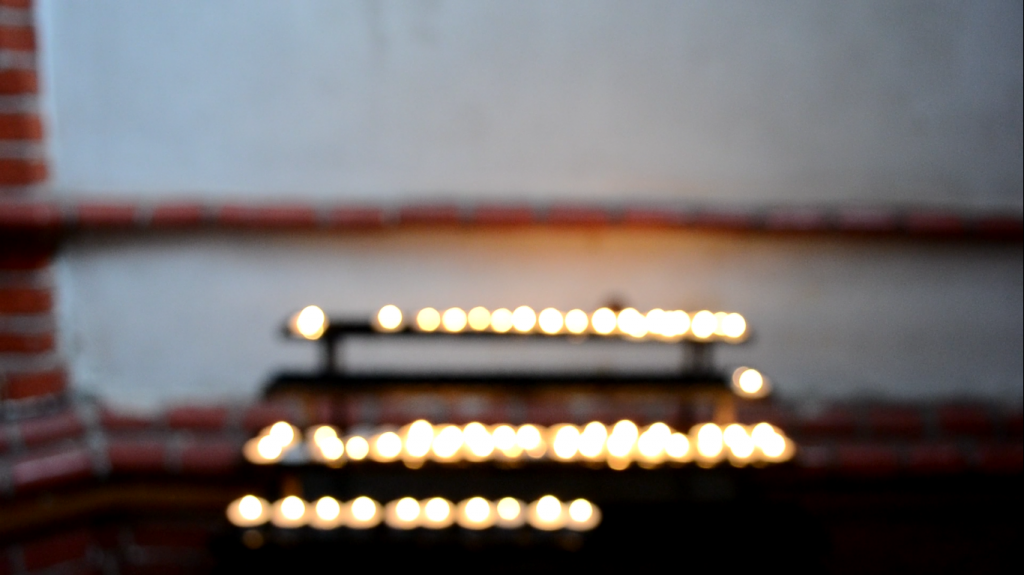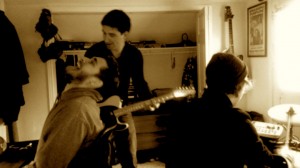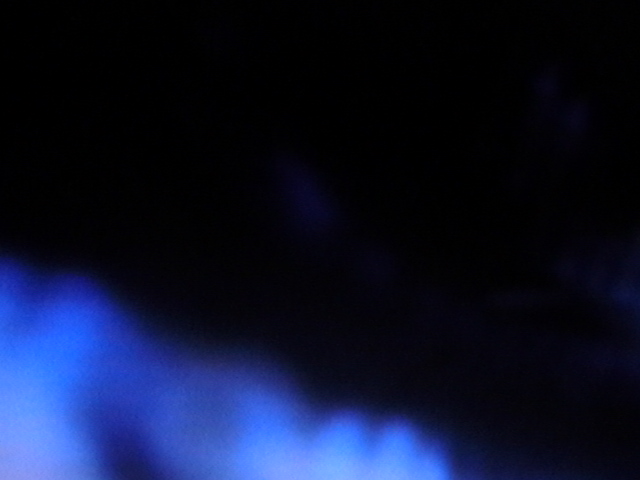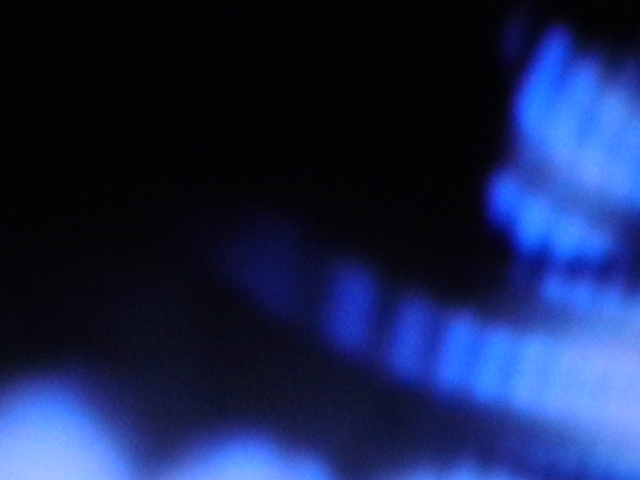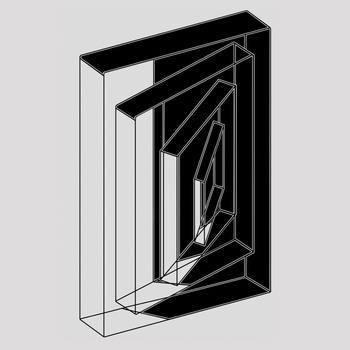This CFRC produced show had one contributor this time around, our own Quinn Giordano (The Programming Manager provided the name for this episode). Quinn provided five pieces, in order, with explanations:
Overcast Soul
“Overcast Soul” was composed as the result of a very long stretch of grey days prior to the first holiday break of my first year at Queen’s University. An exam season spent studying through the nights and meandering off to strange corners of Youtube for interviews with my favourite Jazz musicians, composers, directors and artists, had transformed me into a nocturnal, isolated and somewhat depressed person. The sound of the piano loop that was recorded and eventually used on this track was a sound that had been stuck in my head for days as I would leave my building to find coffee and non-nutritious snack foods, serving like a representative of my languid mood and temporarily abstract routine. The loop itself was slowed down in order to correspond to a particular manner of sauntering that I had taken to on my coffee breaks. I set against the backdrop of this piano loop an entirely separate vocal collage composition, titled “Voices of Jazz” in order to practically represent the warm, incessant murmur of voices that I would hear throughout the day from passing through public spaces on campus and leaving old interview recordings running continuously while I would compile and review exam notes. As they did in those contexts, the voices on “Overcast Soul” are woven together such that the content of the spoken words are generally lost and only the pure sound of the speech itself can remain. Overall, the sound of “Overcast Soul” evokes images of damp pavement, pale grey skies, somber people and a perpetual movement forward. It is a snapshot of a formative time in my life.
Saturday February 27
“Saturday February 27” was composed by crudely cutting a lengthy recording into two-minute long blocks and layering the segments on top of each other in order to create a single fragmented impression of the evening. Emily paints, I play piano and together we talk about our lives. Rather than documenting the meeting in its entirety, this rough-cut approach captures an attitude associated with the event and the nature of Emily’s painting.
Black in Daylight
“Black in Daylight” features a minimalistic drumbeat buried beneath a thick orchestral rendering made from excerpts of the music of Luciano Berio and various other composers that I admire. The music represents a personal and philosophical struggle to grasp at happiness and truth, a concept that can be heard discussed in the background vocal track featuring Dr. Cornel West. Mimicking the form of Charles Ives’ “The Unanswered Question”, where a lone trumpet repeatedly poses a question or “serious matter” to a serene, natural backdrop of gorgeous strings and woodwinds, “Black in Daylight” poses its own question, except in this case it contends with a fiercer, more complex setting of individualistic musical elements competing loudly for supremacy. Here, as with Ives’ “The Unanswered Question”, we find no clear answers, just deeper tensions and frustration as the question posed is drowned out by alternate attractions.
Requiem No. 1 and No. 2
“Requiem No. 1” and “Requiem No. 2” were composed as a reflection on the idea of dying and leaving one’s body. I had been overcome by a memory from high school of a classmate who tragically died before graduation, his funeral, which incidentally had been held on my birthday, and then the funerals of several of my relatives. I began to imagine what death might feel like in comparison with the act of falling asleep or entering a state of deep meditation and was then compelled to reflect on my own inevitable death and what music I would choose to be played at the funeral that would follow. These compositions feature a synthesis of many pieces and brief moments of music that I had chosen in response to that morbid, nagging question.

